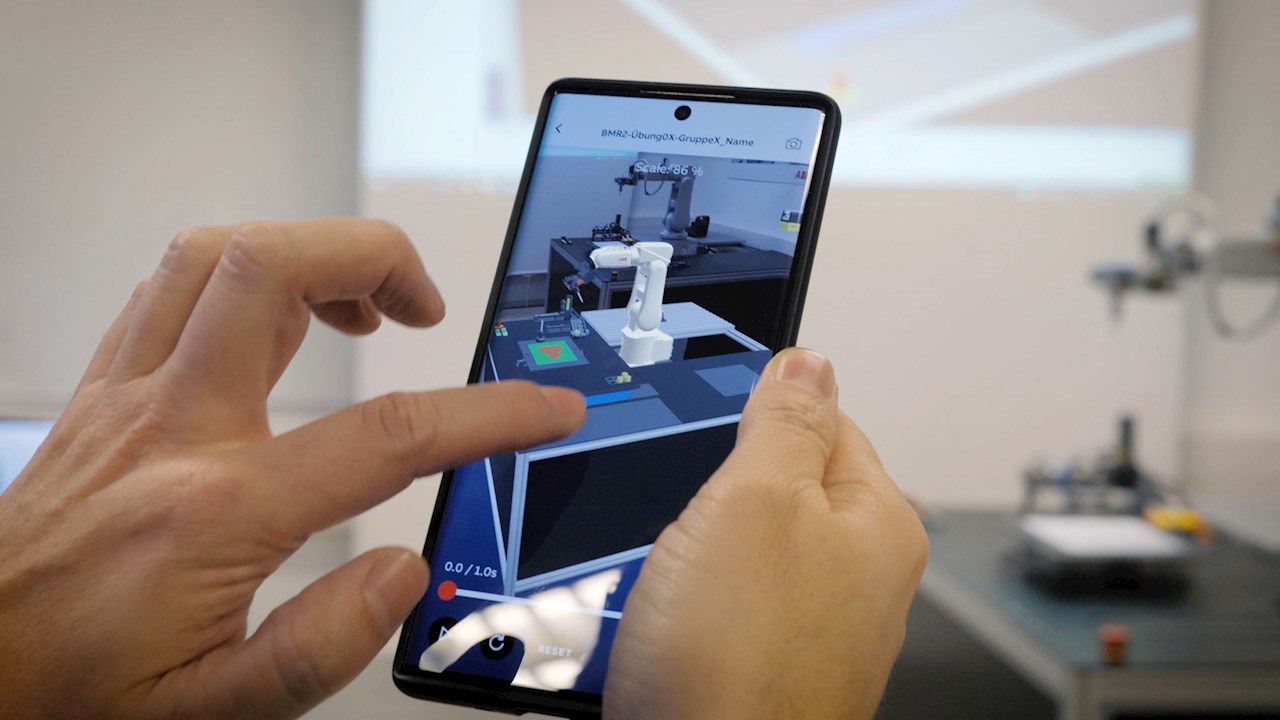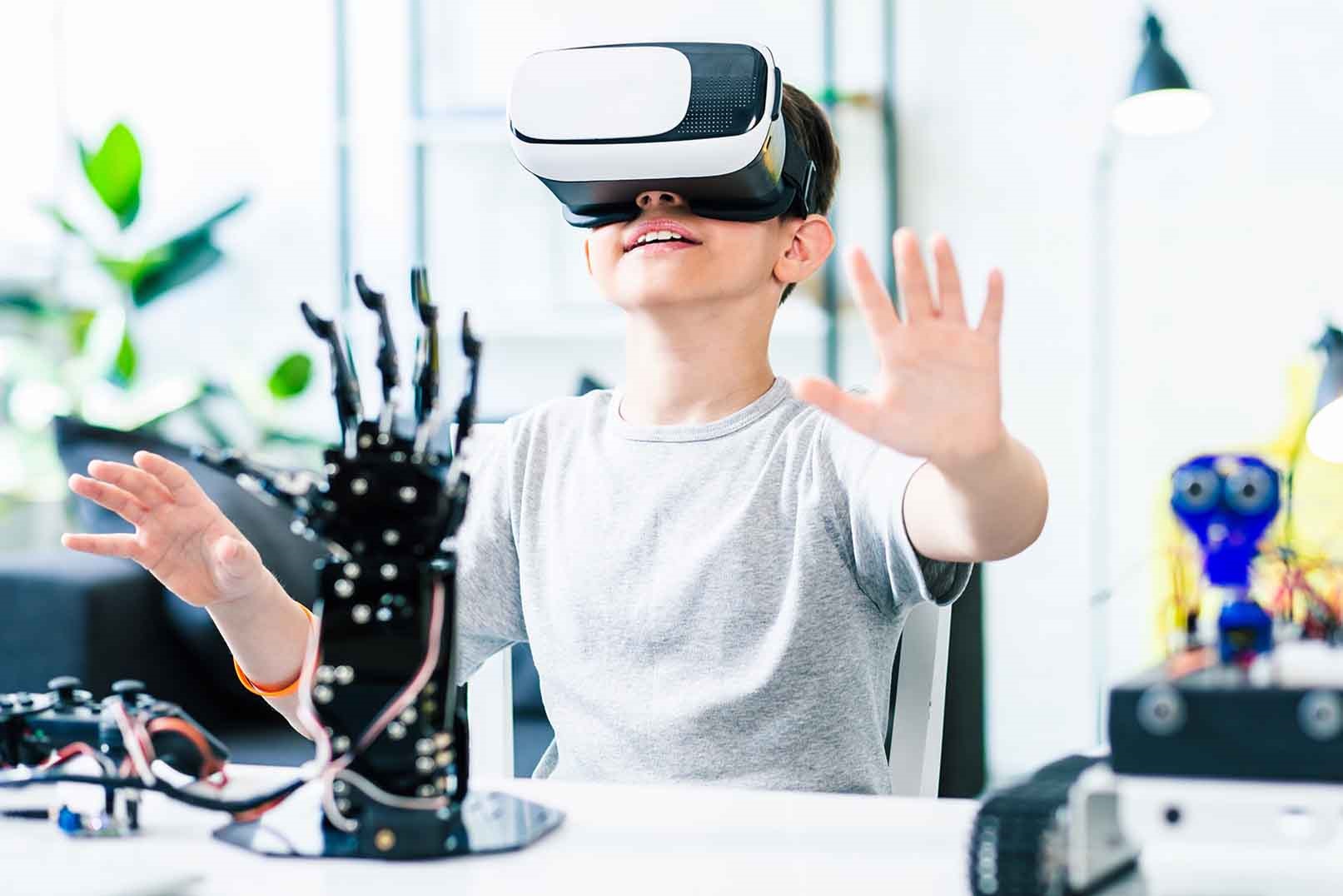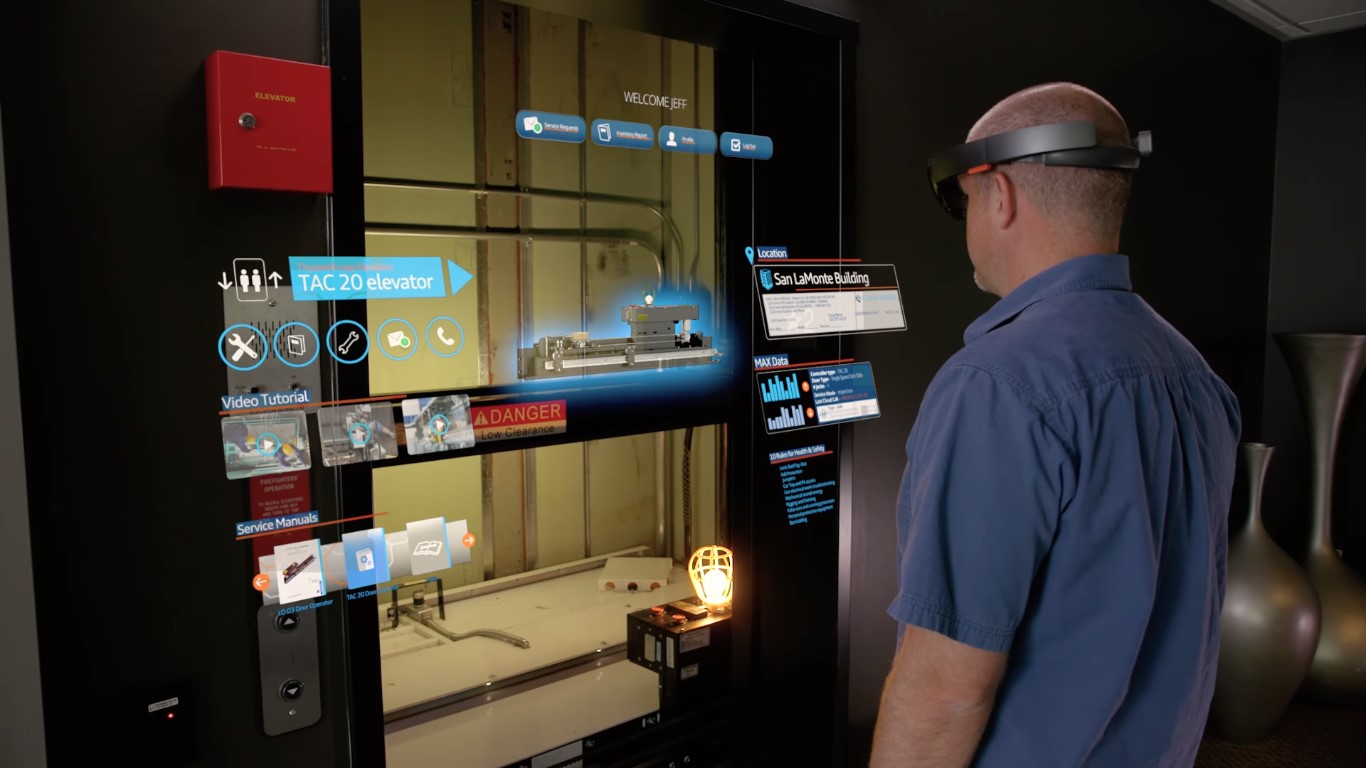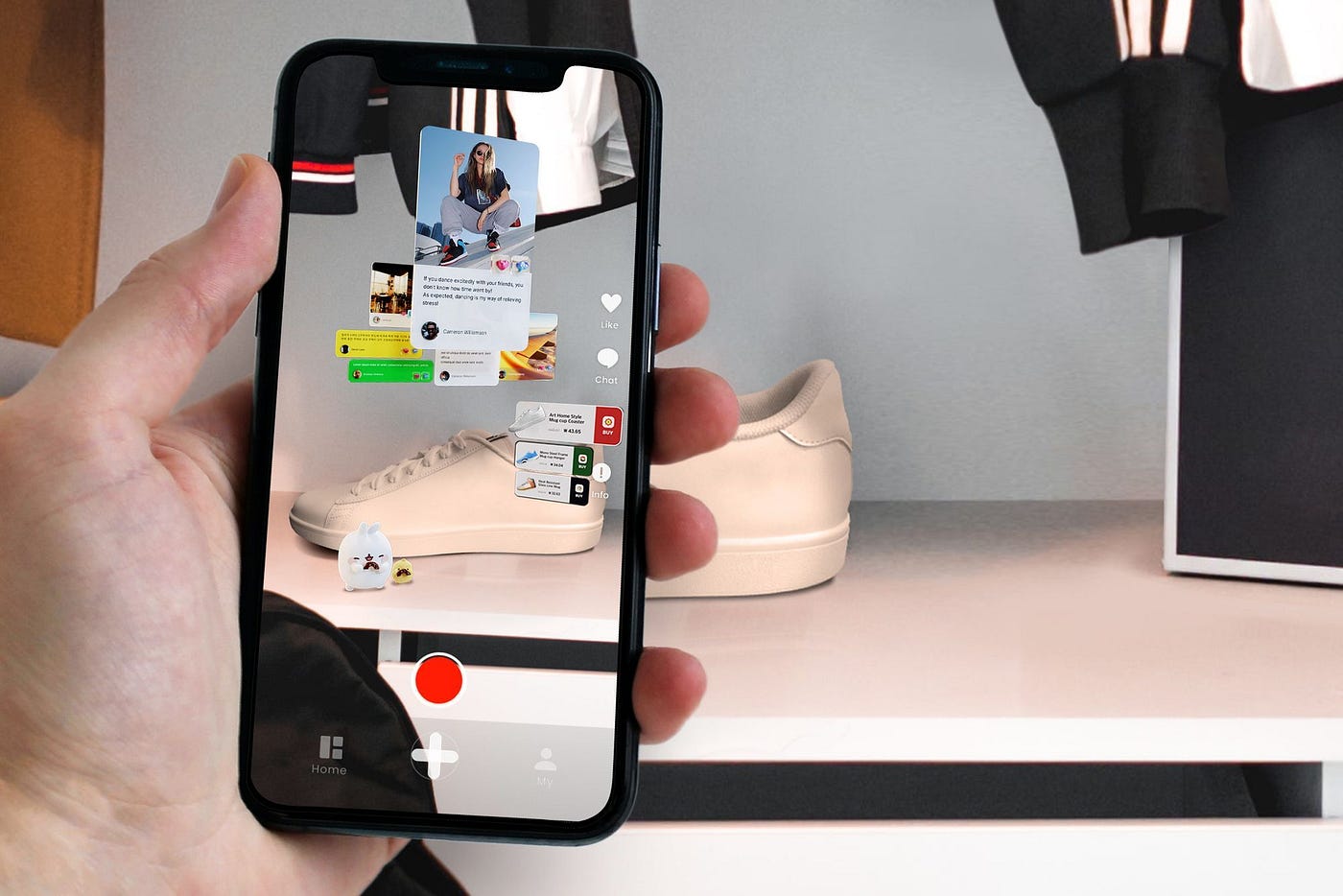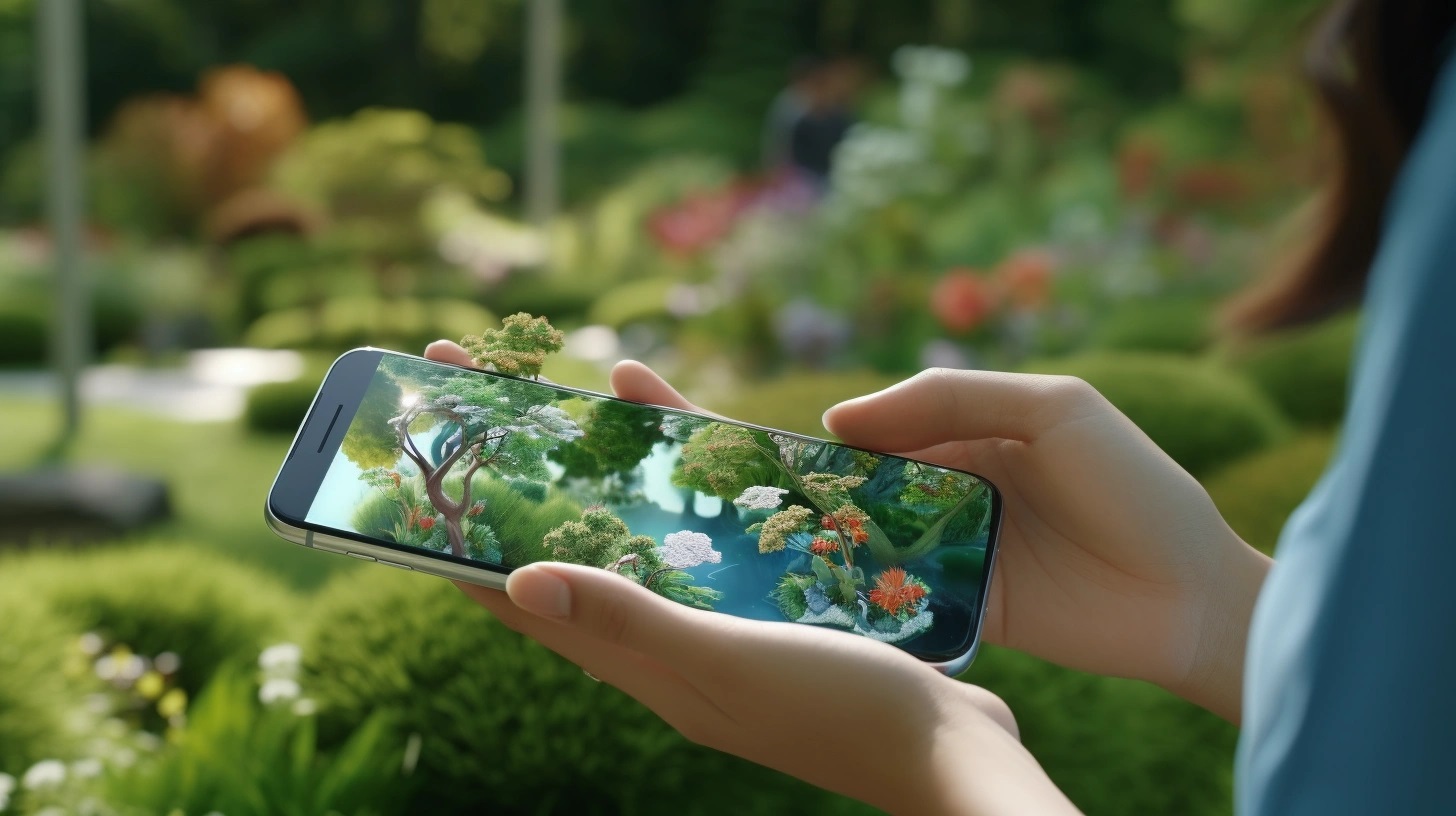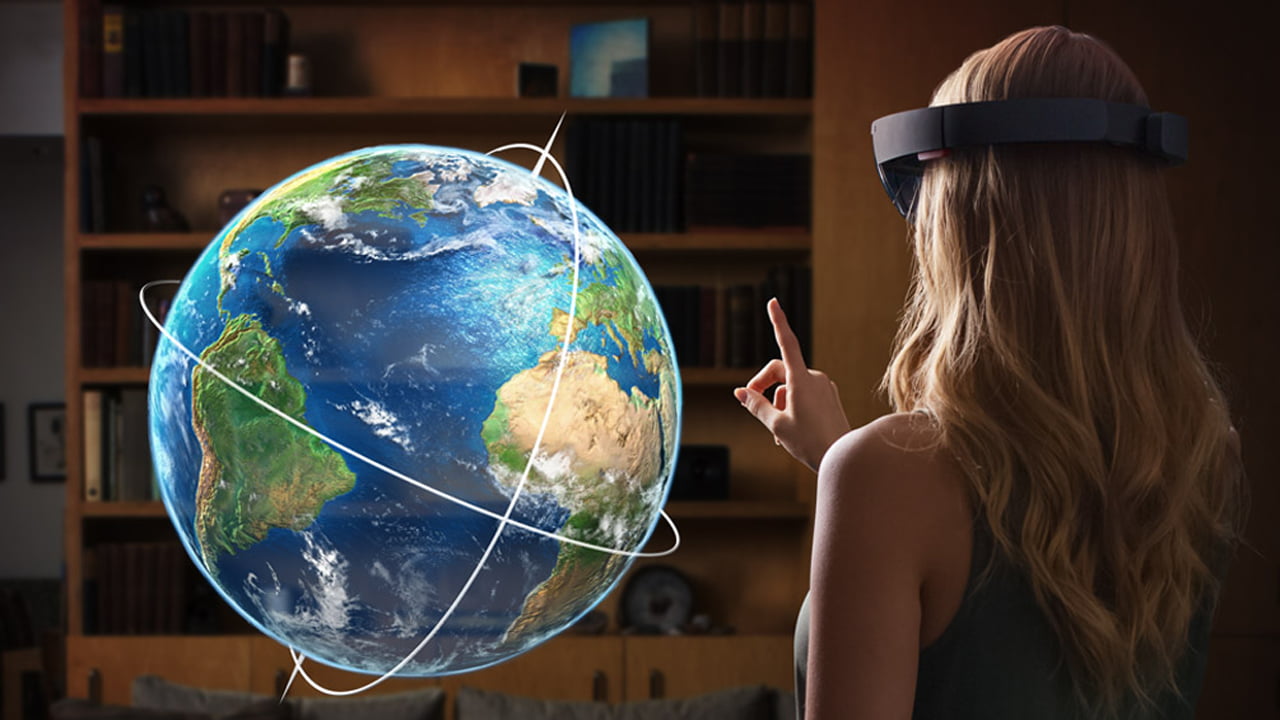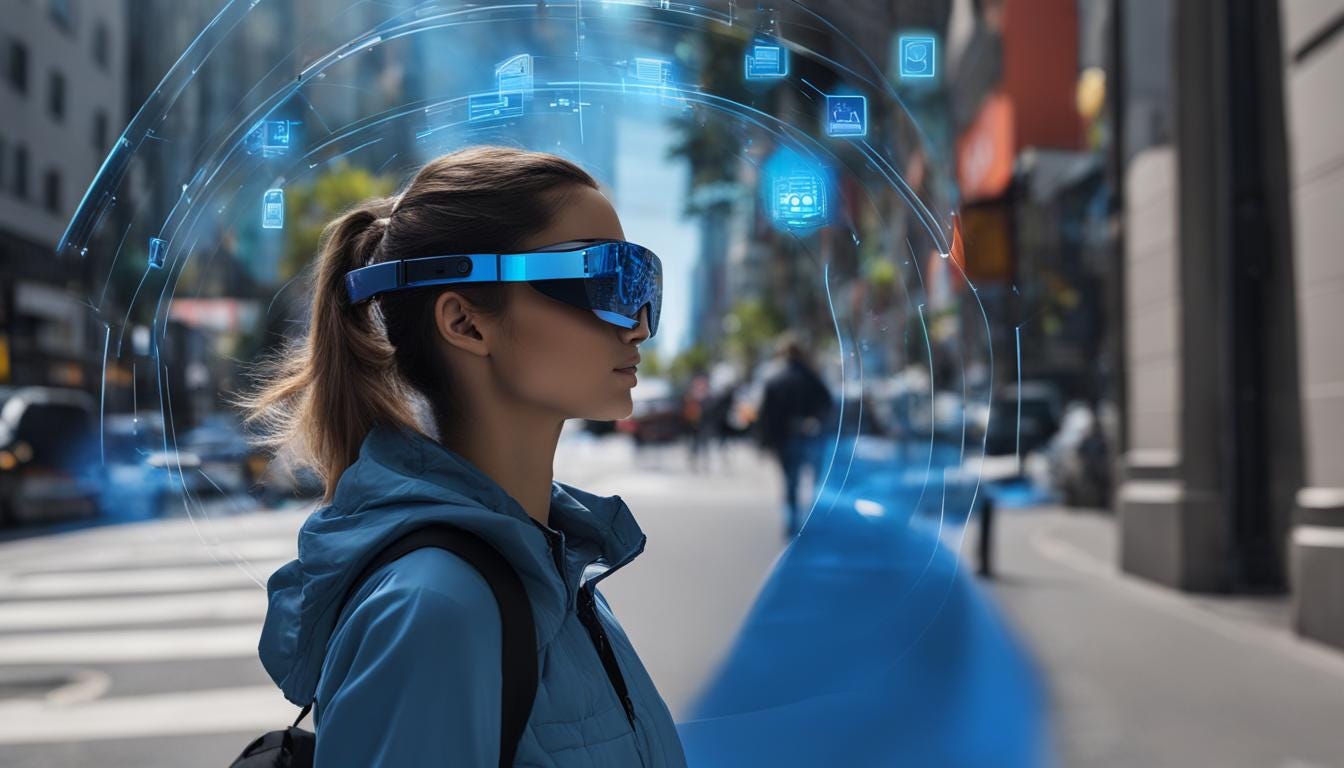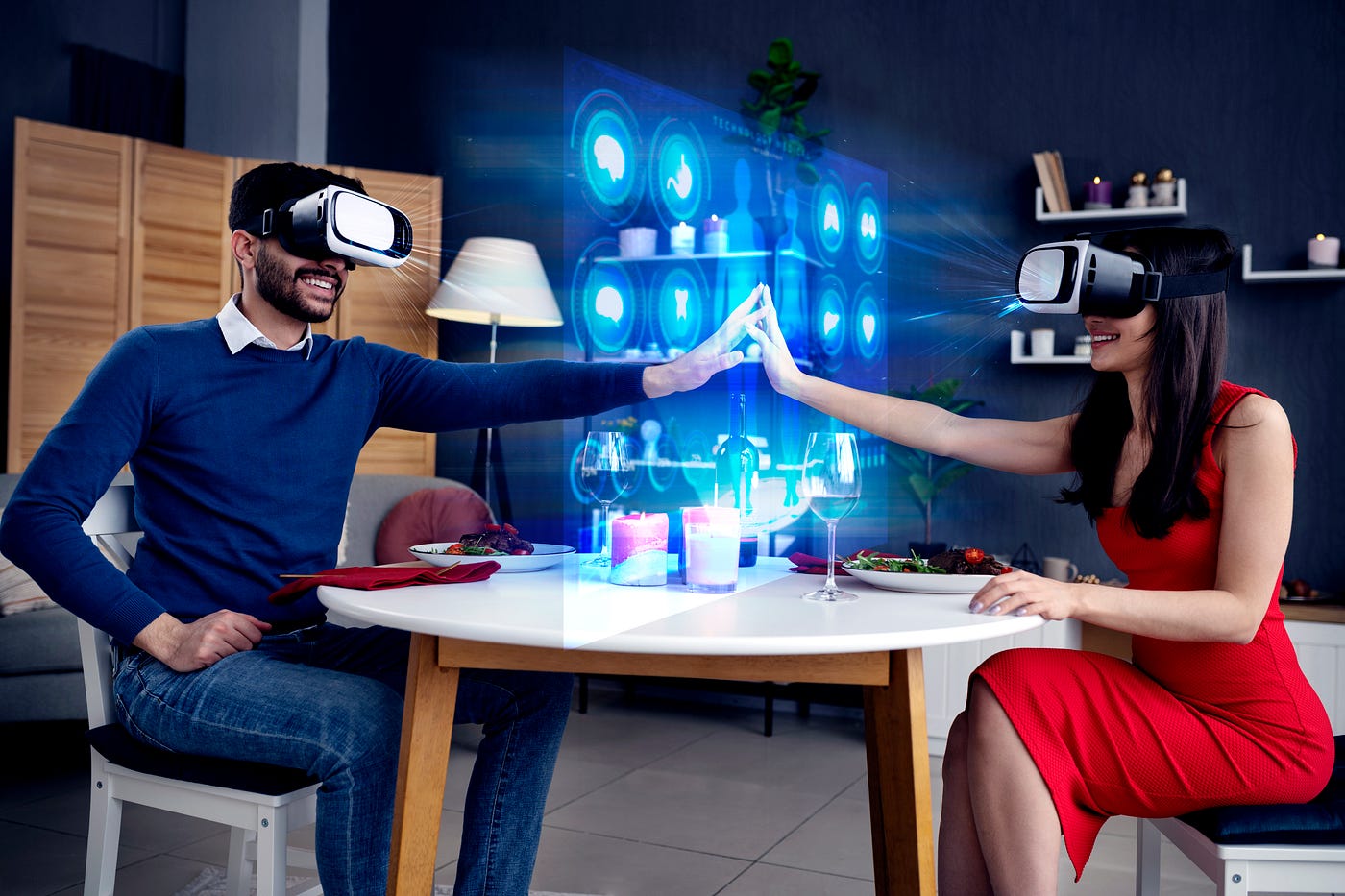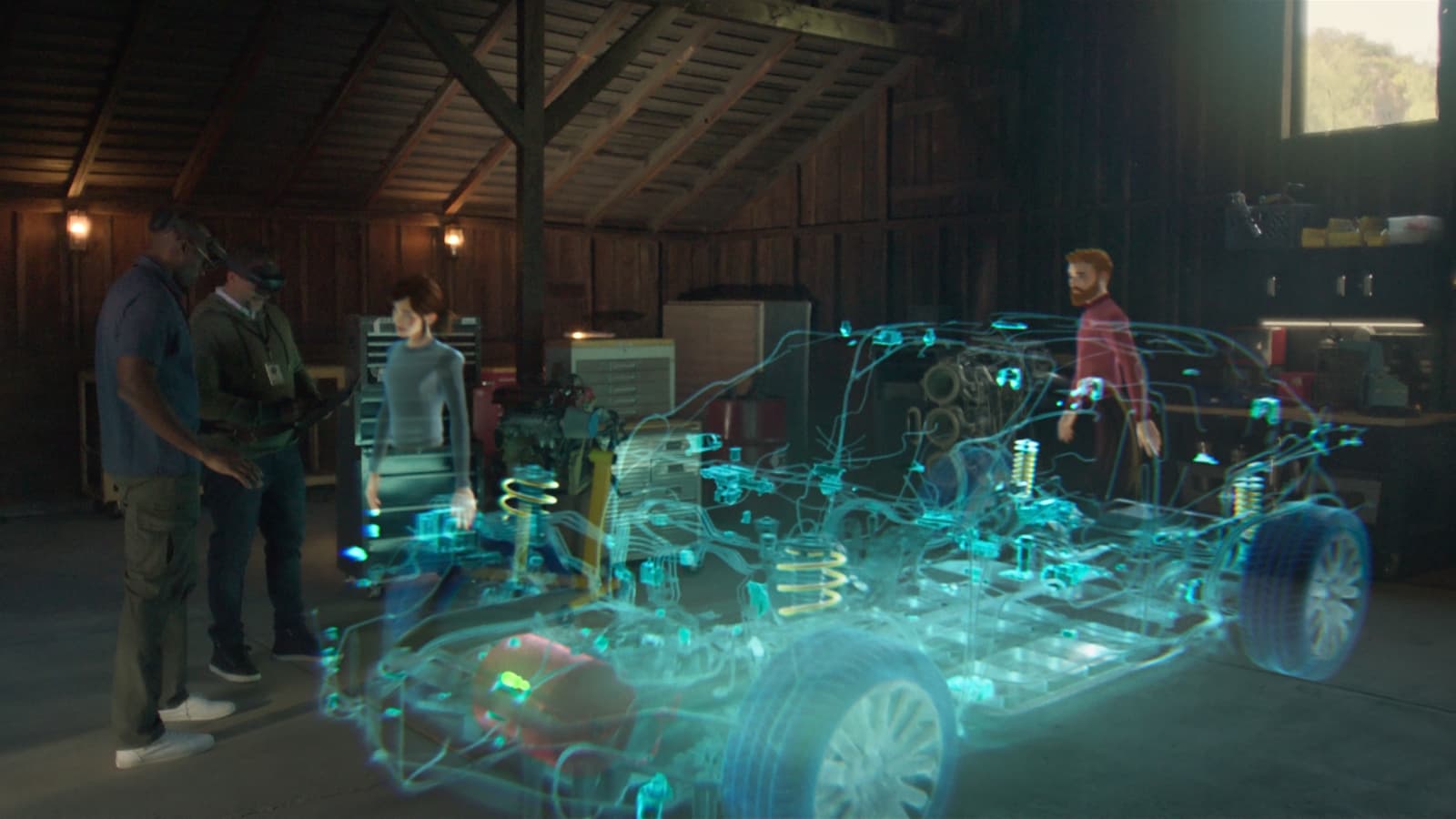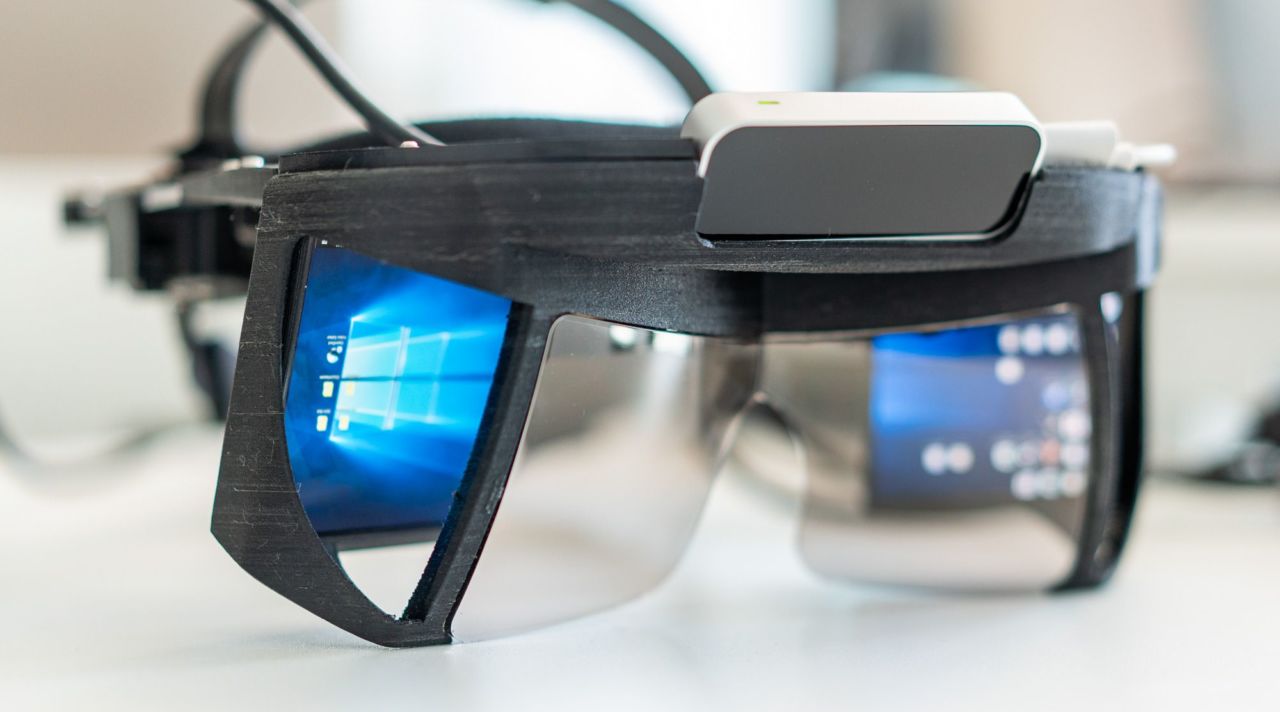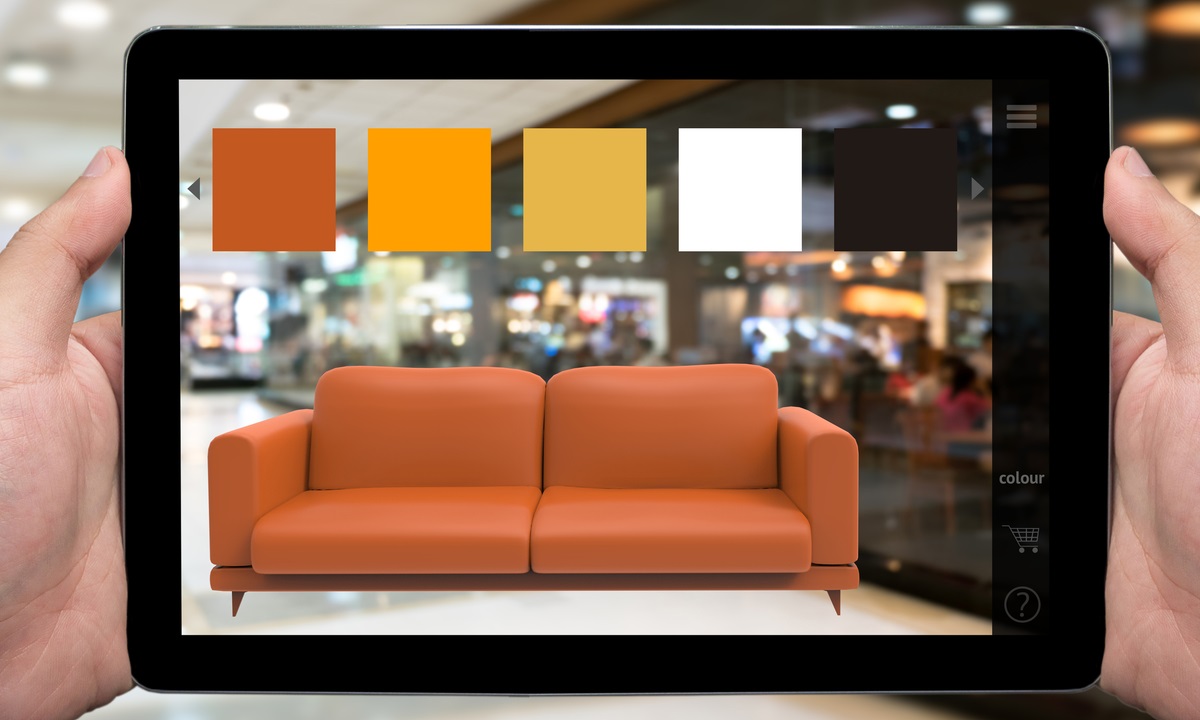Home>Latest News>Technology Trends>The Augmented Reality Timeline
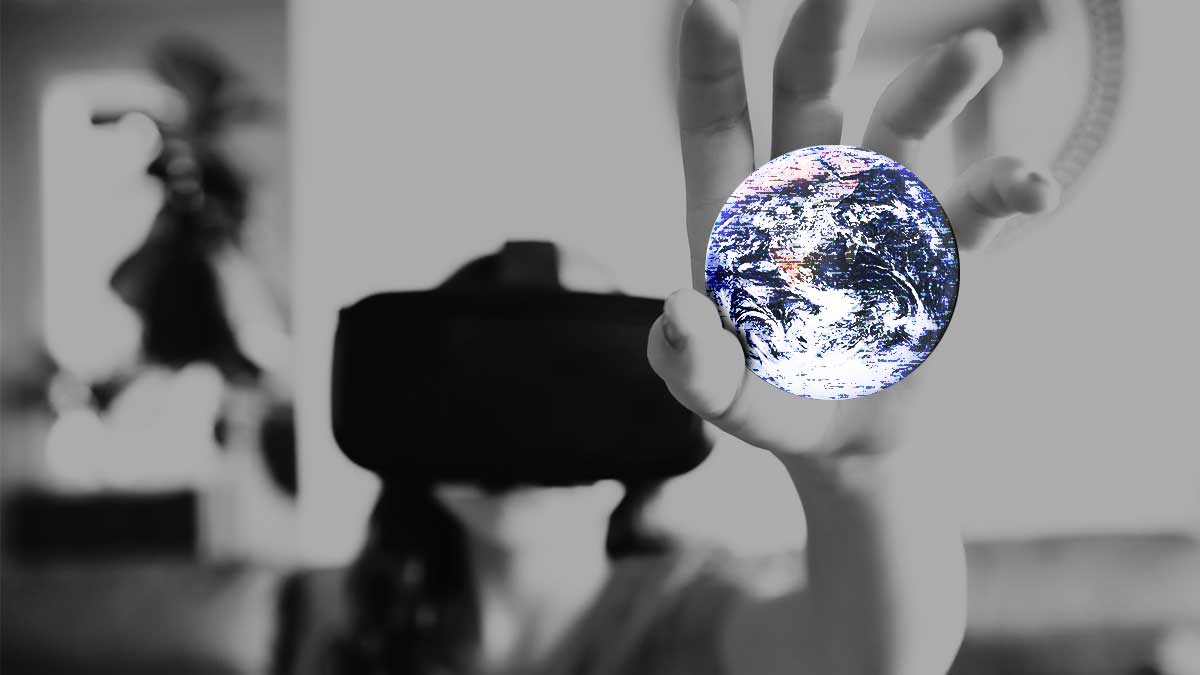

Technology Trends
The Augmented Reality Timeline
Modified: September 5, 2024
Explore the evolution of technology trends with our comprehensive augmented reality timeline. Stay updated on the latest advancements and innovations in AR.
(Many of the links in this article redirect to a specific reviewed product. Your purchase of these products through affiliate links helps to generate commission for Techsplurge.com, at no extra cost. Learn more)
Table of Contents
Early Beginnings of Augmented Reality
Augmented reality has roots dating back to the 1960s. The term "augmented reality" was first coined by Tom Caudell in 1990 while working at Boeing. However, the concept of overlaying digital information onto the real world has been explored in various forms since the 1960s. One of the earliest examples was the "Superimposition of a Mannequin Image on the Human Body," demonstrated by Ivan Sutherland in 1968. This early experiment used a head-mounted display (HMD) to project a virtual image of a mannequin onto the user's body, marking the beginning of AR research.
The Evolution of Augmented Reality
1990s: Military and Industrial Applications
In the 1990s, AR began to gain more attention, particularly in military and industrial applications. The US military used AR to enhance soldier training and performance. For instance, the "Virtual Fixtures" system developed by Louis Rosenberg in 1992 allowed soldiers to interact with virtual objects in their environment, enhancing their training experience.
Early 2000s: Technological Advancements
The early 2000s saw significant advancements in AR technology. The introduction of mobile devices and the development of AR software enabled the creation of more sophisticated AR applications. One notable early AR application was the "Total Information Awareness" project, which aimed to create an AR system for the US military. Although the project was eventually canceled due to privacy concerns, it highlighted AR's potential in military operations.
The Rise of Consumer-Friendly AR
Read more: The Advantages of Augmented Reality
Pokémon Go and Mainstream Adoption
The early 2010s marked a significant shift in AR, with the introduction of consumer-friendly applications. One of the most influential AR applications of this era was "Pokémon Go," released in 2016. Developed by Niantic, Pokémon Go used AR to bring the popular Pokémon franchise to life in the real world. Players could capture and battle Pokémon that appeared on their mobile devices, using the device's camera to locate and interact with virtual creatures in their surroundings. The game's massive success demonstrated AR's potential to engage a wide audience and transform how people interact with their environment.
Current Utilization of Augmented Reality
Retail
Today, AR is utilized in various industries, including retail. In retail, AR enhances the shopping experience. For example, some furniture stores allow customers to visualize furniture in their homes using AR apps. By pointing their camera at the room, customers can see how different pieces of furniture would look in their space, making it easier to make informed purchasing decisions.
Healthcare
In healthcare, AR improves medical training and patient care. AR apps can provide highly detailed, 3D images of body systems, helping medical professionals better understand complex anatomical structures. This technology is also used to assist surgeons during operations, providing real-time visual information that can aid in more precise procedures.
Read more: Augmented Reality Business Card
Augmented Reality vs. Virtual Reality
Differences Between AR and VR
Augmented reality and virtual reality (VR) often get confused, but they serve different purposes. Virtual reality creates an entirely digital environment, immersing users in a virtual world. Examples include VR headsets that allow users to explore virtual environments or experience virtual reality games. In contrast, AR overlays digital information onto the real world, enhancing the user's experience without replacing it entirely.
Mixed Reality
Mixed reality (MR) combines elements of both AR and VR. MR creates a hybrid environment where virtual objects interact with real-world objects. For instance, a user might see a virtual keyboard on their real desk, with the keys appearing to type as they press them. This blend of real and virtual elements offers unprecedented interactive experiences.
The Future of Augmented Reality
Integration with the Metaverse
The future of AR looks promising, with significant advancements expected in the coming years. One of the most exciting developments is the integration of AR with the metaverse, a shared digital ecosystem that combines gaming, social media, communication, retail, and live events. The metaverse aims to create a seamless experience between the physical and digital worlds, making AR an essential technology for its realization.
Wearable Devices
Wearable devices, such as smart glasses, are also poised to play a crucial role in the future of AR. These devices can provide a more complete link between the real and virtual realms, offering users a more immersive AR experience. Companies like Google are already exploring AR's potential in various applications, including education and healthcare.
Security Implications of Augmented Reality
As AR becomes more pervasive, it raises significant security concerns. The use of AR in retail and healthcare settings requires careful consideration of data privacy and security. For instance, AR apps that collect user data must ensure this information is handled securely to prevent breaches. Additionally, the integration of AR with IoT devices raises concerns about device security and potential vulnerabilities.
Augmented Reality in Education
AR has the potential to transform education by making learning more engaging and interactive. By overlaying digital information onto real-world objects, AR can enhance the learning experience. For example, students can use AR apps to visualize complex scientific concepts or historical events in a more interactive manner. This can lead to better retention and understanding of the material.
Final Thoughts
Augmented reality has come a long way since its early beginnings in the 1960s. From its initial applications in military and industrial settings to its current use in retail, healthcare, and education, AR has demonstrated its versatility and potential. As technology continues to advance, expect even more sophisticated AR applications that will transform daily lives. The integration of AR with the metaverse and wearable devices promises exciting future developments, but it also highlights the need for careful consideration of security implications. Moving forward, augmented reality will play an increasingly important role in shaping our world.

